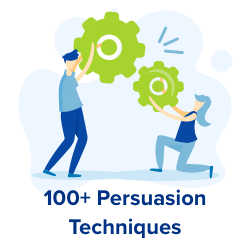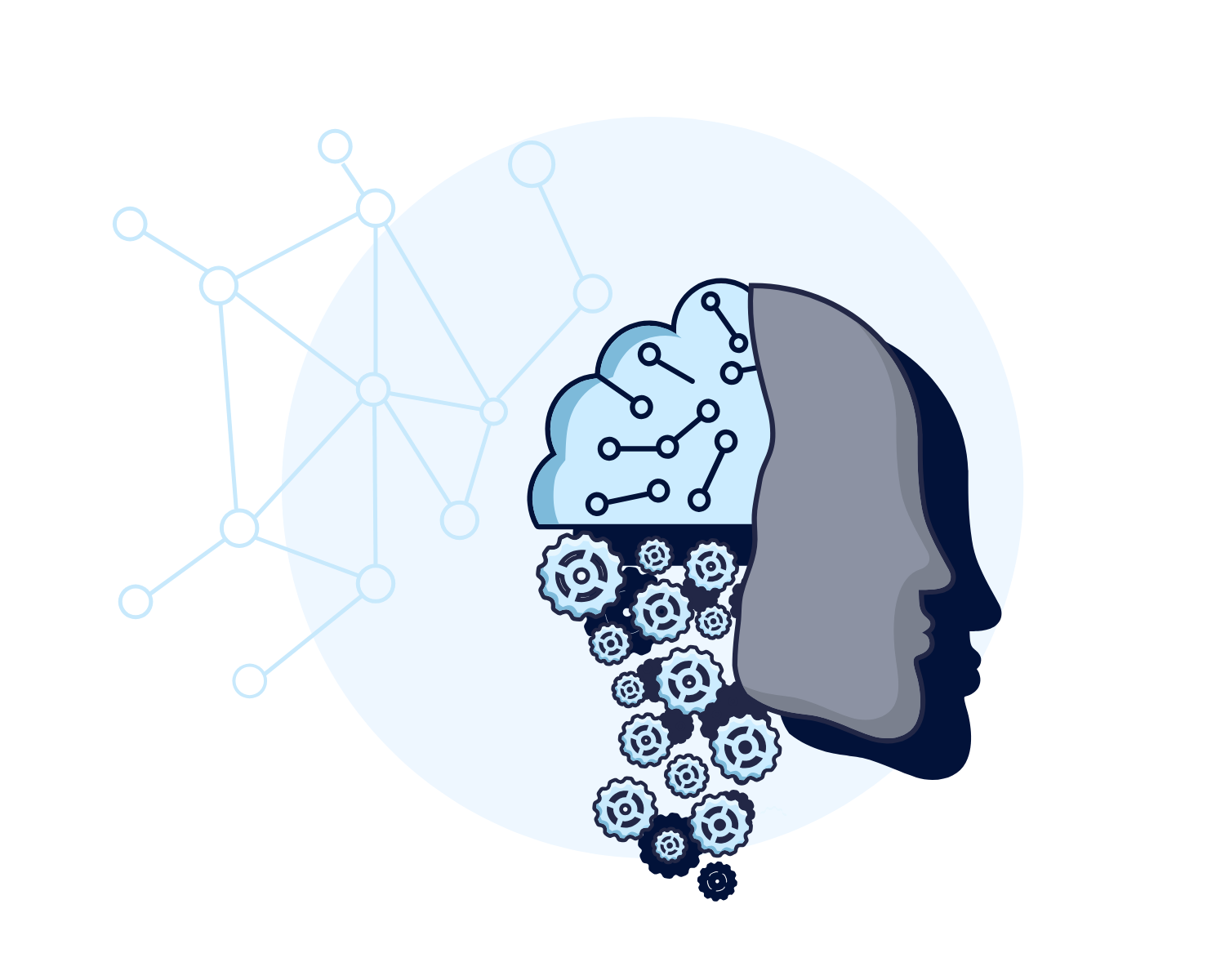How to Boost Conversion Rates with Seven Neuroscience Tactics
Discount codes and flash sales are simple and well known ways to convince customers to purchase a product, but what other methods can you use to boost conversion rates? It is not an easy task. In fact, according to web research company, Baymard Institute, two out of three (67.45%) of online shopping carts are abandoned before purchase.
As a retailer, it is important to recognise that 95% of consumer decisions are steered by subconscious calculations. For years, physical stores have applied psychological tactics (from optimising layouts to using smells like freshly baked bread.) It’s a proven method for selling products, so why shouldn’t online retailers apply similar methods to their websites? Here are seven neuroscience principles you can apply to your website immediately to help boost conversion rates.
Seven Neuroscience Tactics to Boost Conversion Rates
By applying simple changes to your site which play on basic psychological conventions, such as adding additional pricing packages package or adding details on product popularity, you could find significant uplifts driving customers to commit to buying your product or service online.
1. Need for certainty
The Need for Certainty is a major factor in the decisions consumers make online. Ambiguity at the checkout stage of a sale puts customers off quickly. By providing clear information on what will happen when a customer clicks on a link or avoiding vague information around offers you can prevent this.
By simply running user testing, you can pinpoint any areas where there may be confusion and fix them straight away. You could try offering a free trial of your service or display reviews clearly, so wary customers have more reassurance when committing to a purchase.
2. Decoy effect
A common issue for customers when picking between packages on a site is hesitation or confusion between two options. Presenting a third option or ‘an ugly brother’ can strongly influence choice by providing a decoy.
Consider providing an option significantly less attractive than the one you would like to sell. By offering a service which is far more expensive and only marginally more lucrative, customers are more likely to feel they are getting a better deal by picking the mid-range option you want them to purchase, bypassing the cheapest option.
3. Hyperbolic discount
Hyperbolic discounting is based on a desire for an immediate reward, rather than a higher valued, delayed one. Put simply, people would rather receive £5 right now rather than £10 in a month’s time.
To play on this principle you can use tactics such as providing instant small discounts and rewards with a time limit or a value like ‘free delivery on all orders over £50’ or ‘10% off today only.’ This can subtly incentivise your customer to make a quick decision rather than holding out for larger discount.
4. Social proof
Social proof is the idea that, by nature, we are driven to conform. We are influenced to copy other people’s actions and decisions, especially when we are unsure of our own choices.
You can apply this principle in the sales market by utilising social media. If a company has a large amount of followers or mentions they will see a marked improvement in sales. Simply by increasing your social media following, you can positively influence judgement of your site.
5. Paradox of choice
Every choice is shaped by psychological biases. An abundance of choices can lead to consumer anxiety, if there are too many links or pictures to click on one page, or if there are many desirable options to choose from, it can cause users to become overwhelmed and leave the page.
By drastically simplifying your options you can prevent this. Displaying your best selling or ‘new in’ options first, means you are showcasing your best products, as well subtly guiding your customers eyes to the item or service you would like them to purchase without causing stress by offering too much choice.
6. Curse of knowledge
If you’re selling a product, you probably know everything there is to know about it. However this can be detrimental when writing descriptions, as you can sometimes assume consumers know as much as you do. When a new customer reads a description that is over complicated, or doesn’t have enough information, they can be put off very quickly.
To avoid the ‘curse of knowledge’ make sure you’re fully aware of the gap between your knowledge of your product or service and your customers. Try to put yourself in their shoes and remember to always think ‘clear and effective’ as well as boldly highlighting USP’s and keywords.
7. Information bias
The more information we receive, the more confident we feel when making a purchase. It makes us believe we are making a well informed decision based on a more rational basis, even if said information isn’t that relevant.
By using the information bias, you make your customers feel secure by providing plenty of detail. Apply this rule when displaying all products and offers, and treat your product images with a similar mindset, if you can provide several angles, or even a video, customers will feel more secure.
How to Boost Conversion Rates with Neuroscience
With analysts at HSBC claiming that online shopping has surpassed the high street in popularity it is more vital than ever that buying on the web is a smooth experience for customers.The role of neuroscience in consumer experiences has often been overlooked. The steps above are low cost and simple psychological techniques that retailers can easily implement to optimise their sites and to boost conversion of online sales, resulting in fewer abandoned baskets.
—
This article was originally posted on MyCustomer



